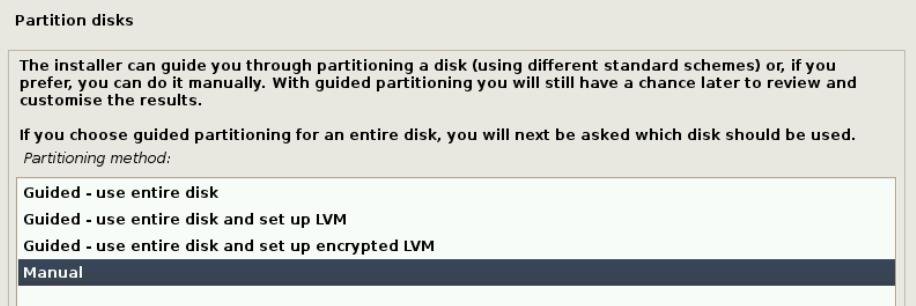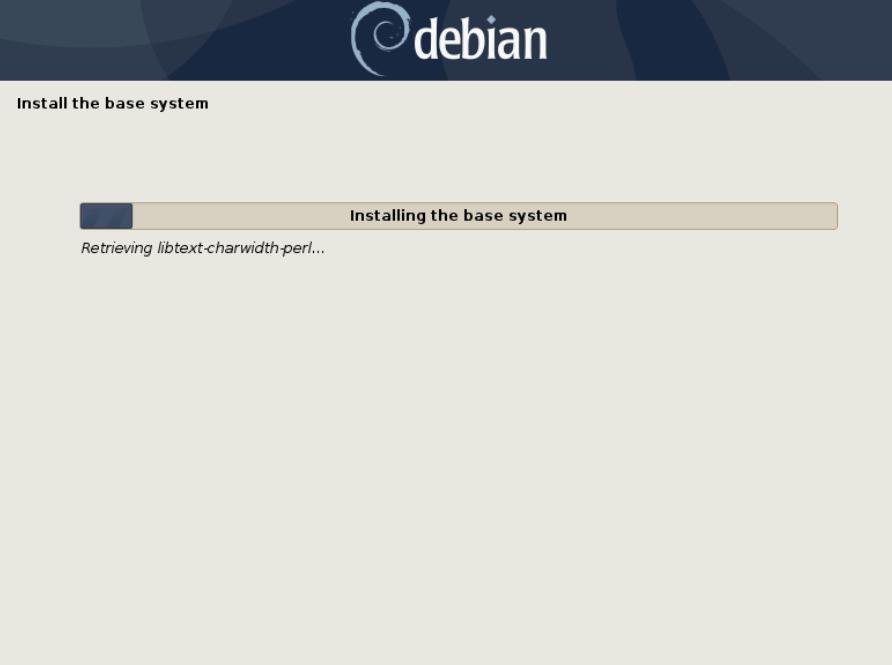This beginner’s guide explains the steps to install Debian 10 Buster. The following process includes the step-by-step guide with screenshots and ready to be followed by any user.
Debian is a “true” free and open source GNU/Linux distribution. It is probably the oldest Linux distribution based on Linux Kernel. Today, Debian is the most stable Linux distribution and the basis for many derivative distributions such as Ubuntu, etc.
Installing Debian can be a huge experience for a beginner. The installer and many .iso files can be confusing. With this in mind, this guide is ready to install Debian Buster (v10) with step-by-step screenshots for beginners.
Minimum system requirement
for Debian
The following are the minimum system requirements for Debian. But it can vary depending on the type of box you want to configure.
Minimum RAM: 512 MBRecommended RAM: 2 GB Processor: 1 GHzMinimum disk space
: 10 GB Installing Debian
10 Buster – Steps
Step 1: Download .iso image
Visit the following page to download
the Debian .iso images.
Debian provides many types of images for installation of all architectures. If you’re downloading for the first time, you might be overwhelmed with which file to download. To keep things simple, I’ve added the following table to help you choose which .iso download.
Type Image Type
, meaning they don’t include many proprietary packages for firmware
.
If you have special hardware like Wi-Fi, Bluetooth, etc., you may want to get the “non-free” version of the packages from the table below.
Type
If
you want other packages, visit this page and browse according to your needs
.
If you need any other packages specifically for Debian Buster 10, visit this page
.
Step 2: Prepare bootable
USB
Write the .iso image to a USB stick. There are many ways to do this. I would recommend using Etcher to write the image.
Connect the USB stick to your target system and boot from it.
Step 3: Install the system
After booting the Debian 10 installer, you should see the following menu. Choose Graphical Installation.
The next thing is to choose the language, region and keyboard settings. Choose according to your needs. The following screenshots are a guide for you to follow.

When installing Debian 10 using this method, you need a stable Internet connection. So, make sure you provide a proper proxy, etc. if you are using one or within an intranet. Otherwise, provide any host name and you can keep the domain name empty.
 Configure network – hostname<img src="https://www.debugpoint.com/wp-content/uploads/2021/01/Configure-Network-domain-name.jpg" alt="Configure network – domain name
Configure network – hostname<img src="https://www.debugpoint.com/wp-content/uploads/2021/01/Configure-Network-domain-name.jpg" alt="Configure network – domain name
Domain Set the root password, create a username and password as well. This is the user who will log in after the installation is complete.

<img src="https://www.debugpoint.com/wp-content/uploads/2021/01/Create-Users-name.jpg" alt="Create users – name"
=” https://www.debugpoint.com/wp-content/uploads/2021/01/Create-login-username.jpg” alt=”Create login username
Selecting the root partition to install Debian is a bit of a lengthy but easy process in the Debian installer. The steps are self-explanatory. Follow the instructions below.
Just make sure you have chosen the correct partition before writing the final changes to the disk.
 Select
Select
<img src="https://www.debugpoint.com/wp-content/uploads/2021/01/Select-the-target-device.jpg" alt="Select target device
src=”https://www.debugpoint.com/wp-content/uploads/2021/01/Start-creating-partition.jpg” alt=”Start Partition Creation” />Start Partition<img src="https://www.debugpoint.com/wp-content/uploads/2021/01/Select-the-space-for-partition.jpg" alt="Select partition space
src=”https://www.debugpoint.com/wp-content/uploads/2021/01/Select-create-a-new-partition.jpg” alt=”Select – create a new partition” />Select – create a new partition<img src="https://www.debugpoint.com/wp-content/uploads/2021/01/Enter-the-size-of-root-partition.jpg" alt="Enter the size of the root partition
src=”https://www.debugpoint.com/wp-content/uploads/2021/01/write-changes-to-the-disks.jpg” alt=”disk write changes” />disk write changes<img src="https://www.debugpoint.com/wp-content/uploads/2021/01/Write-changes-to-the-disks-1.jpg" alt="disk write changes
Start the installation once the partition is complete. If you are prompted for an additional CD, DVD, you can select No. When prompted for Debian Mirrors to download packages, select the selected defaults. Although I felt that the official mirrors are a bit slow.

=”https://www.debugpoint.com/wp-content/uploads/2021/01/Scan-for-additional-Disks.jpg” alt=”Find
disks And choose the desktop environment you want to install on the next screen. For this guide, I have used the Xfce Desktop environment.
<img src="https://www.debugpoint.com/wp-content/uploads/2021/01/Choose-Desktop-Environment.jpg" alt="Choose Desktop Environment
The download will start and wait for the download to complete
.
After downloading, the installer automatically completes the installation and prompts you to install GRUB. Choose the device where you want to place the GRUB. Ideally, it should be on your MBR.
<img src="https://www.debugpoint.com/wp-content/uploads/2021/01/GRUB-install-location.jpg" alt="GRUB installation location
is
installed, the installation is complete. You can now restart the system.
You should receive a sign-in prompt for your chosen desktop environment. Log in with the user name created in the previous steps.
And you should be all set with the installation of Debian 10 Buster.
I hope this guide helped you install and configure a Basic Debian 10 Buster system. Debian is a huge operating system with many options. You may want to experiment with other types of installations, such as test branches, different architecture. If you’re stuck, let me know what happened using the comment box below.

